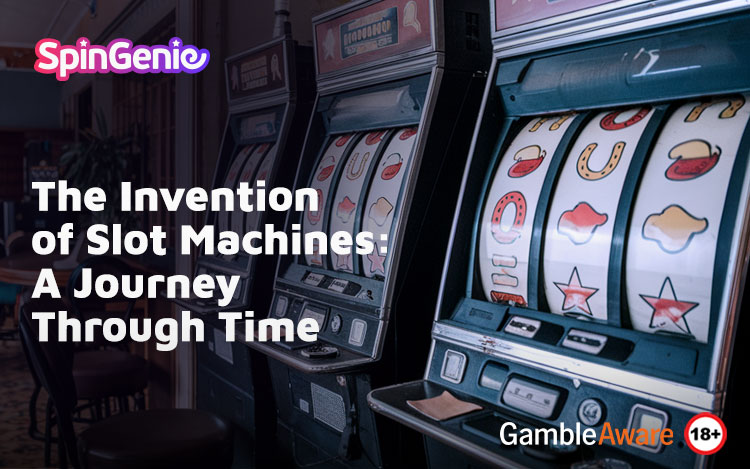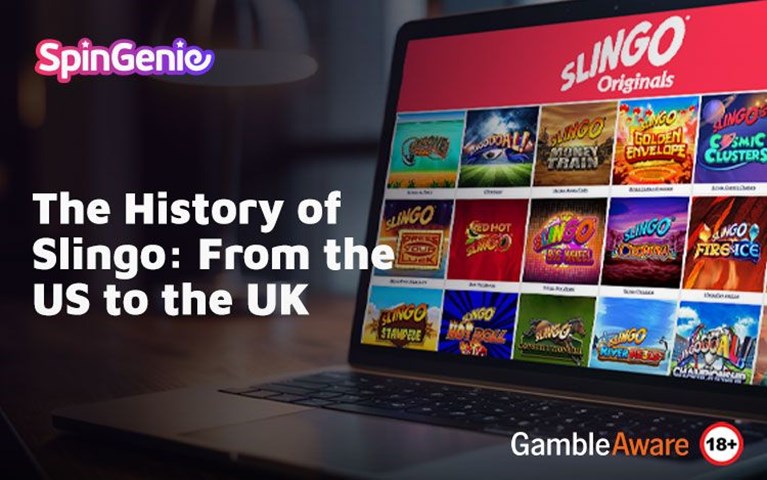The story of slot machines is a fascinating tale of innovation, creativity, and technological advancement. From the first slot machine ever made to the modern digital slots we enjoy today, the history of mechanical slots is a testament to human ingenuity. In this guide, we’ll explore who invented slot machines, how the original slot machines worked, and how they laid the foundation for the online slots we know and love. Ready to dive into the past? Check out our selection of modern slots at and experience the evolution for yourself!
Who Invented Slot Machines? The Birth of the Liberty Bell
The history of slot machines begins with Charles Fey, a German-American inventor who is credited with creating the first slot machine ever made. In 1895, Fey introduced the Liberty Bell, a mechanical slot machine that revolutionized the gambling industry.
Key Features of the Liberty Bell:
- Three Reels: The Liberty Bell featured three spinning reels with symbols like horseshoes, stars, and the iconic Liberty Bell.
- Automatic Payouts: Unlike earlier gambling devices, the Liberty Bell could automatically pay out winnings in coins, making it more convenient for players.
- Simple Mechanics: The machine was easy to operate, with players pulling a lever to spin the reels and hoping for a winning combination.
The Liberty Bell quickly became a hit in bars, saloons, and cigar shops, paving the way for the evolution of slot games we see today.
The Rise of Mechanical Slot Machines
Following the success of the Liberty Bell, mechanical slot machines became increasingly popular in the early 20th century. These machines were simple, reliable, and offered players the chance to win small prizes.
Key Developments in Mechanical Slots:
- The Operator Bell (1907): Herbert Mills, a Chicago-based manufacturer, created the Operator Bell, which improved on Fey’s design. The Operator Bell introduced fruit symbols like cherries and lemons, which are still used in many modern slots today.
- The Mills Liberty Bell (1910): Mills also produced the Mills Liberty Bell, a direct competitor to Fey’s machine. This version featured a more robust design and became a staple in bars and casinos.
- Anti-Gambling Laws: In the early 20th century, many states in the U.S. passed anti-gambling laws, leading manufacturers to create “gum dispensers” that paid out in gum or candy instead of cash. These machines often featured fruit symbols, which is why many modern slots still use fruit-themed designs.
The Transition to Electromechanical Slots
In the mid-20th century, slot machines underwent a major transformation with the introduction of electromechanical technology. This marked the beginning of the evolution of slot games as we know them today.
Key Developments:
- Money Honey (1964): Developed by Bally Technologies, Money Honey was the first fully electromechanical slot machine. It featured flashing lights, sound effects, and the ability to pay out up to 500 coins automatically.
- Video Slots (1970s): The 1970s saw the introduction of video slots, which replaced physical reels with virtual ones displayed on a screen. This innovation allowed for more complex gameplay and the introduction of bonus features.
The Digital Transformation of Slots
The 1990s marked the beginning of the digital age, and with it came the birth of online slots. The internet revolutionized the gambling industry, making it possible for players to enjoy their favorite games from the comfort of their homes.
Key Milestones in the Digital Transformation:
- The First Online Casino (1994): Microgaming launched the first online casino, offering a selection of digital slot games. This marked the beginning of the transition to online slots.
- The Introduction of RNGs: Online slots use Random Number Generators (RNGs) to ensure fair and random outcomes. This technology replaced the physical mechanisms of traditional slot machines and became the standard for online gaming.
- The Rise of Mobile Slots: With the advent of smartphones and tablets, online slots became even more accessible. Today, players can enjoy their favorite games on the go, anytime and anywhere.
For more insights into the digital transformation of slots, check out our guide on how slots became digital.
The Legacy of Mechanical Slots
While modern slots have come a long way since the days of the Liberty Bell, the original slot machines have left a lasting legacy. Many of the features and symbols we see in today’s slots can be traced back to these early mechanical machines.
Key Elements of the Legacy:
- Fruit Symbols: The fruit symbols introduced by Herbert Mills in the Operator Bell are still used in many modern slots today.
- The Lever: Although most modern slots use a “spin” button, the lever (or “one-armed bandit”) remains an iconic symbol of slot machines.
- Simple Gameplay: The straightforward gameplay of early mechanical slots has influenced the design of many modern games, making them accessible to players of all skill levels.
Conclusion: From Mechanical Marvels to Digital Delights
The invention of slot machines is a story of innovation and creativity that has shaped the gambling industry as we know it today. From the first slot machine ever made to the immersive online slots of the digital age, the history of mechanical slots is a testament to the enduring appeal of these games.
As we look to the future, one thing is clear: the evolution of slot games will continue, offering players new and exciting ways to enjoy their favorite pastime. Whether you’re a fan of classic fruit machines or cutting-edge video slots, there’s something for everyone in the world of slots.
Ready to experience the excitement of modern slots? Visit today and explore our wide selection of games. From classic favorites to the latest innovations, we’ve got it all. Spin the reels, enjoy the journey, and see where the evolution of slots takes you next.













